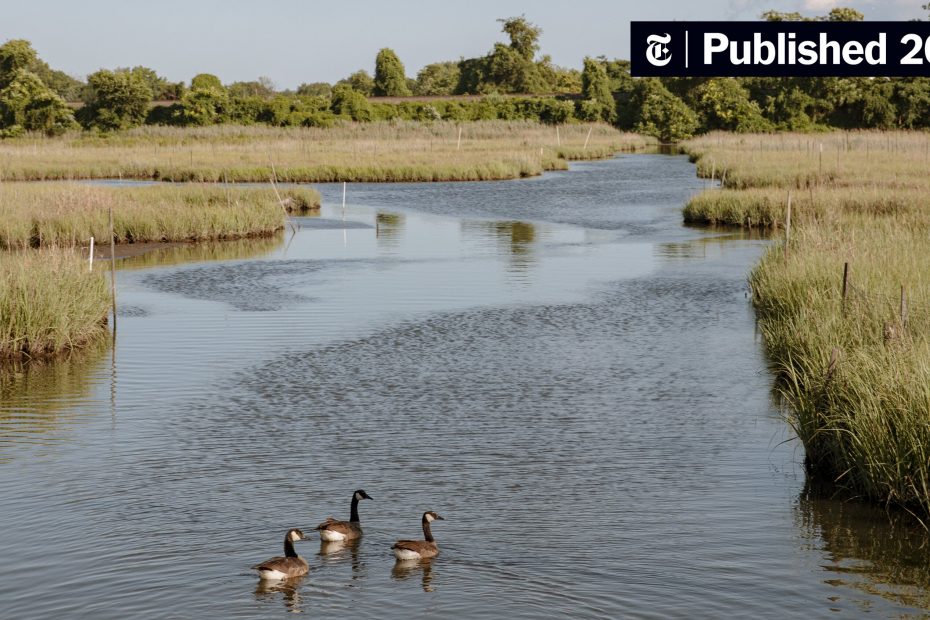Protecting wetlands is essential in the fight against the dual crises of climate change and biodiversity loss. Nearly 75% of southern Ontario’s wetlands have been destroyed, and remaining wetlands continue to be threatened by development, invasive species, pollution, and climate change. One 89-acre property in the headwaters of Ancaster Creek, known as the Garner Marsh, has been targeted for development since 2018. However, local community members and land stewards are fighting to protect it.

Overview of the Threat
Long-time owners of the Garner Marsh property submitted a warehouse development proposal for the land in 2018, but subsequently sold it to a controversial investor, Alberta Investment Management Corporation (AIMCo) in 2021. AIMCo then applied for a permit from Hamilton Conservation Authority (HCA) so they could pave over the wetland to build a 1.3 million square foot warehouse complex.

AIMCo pushed the HCA to accommodate their plans by proposing an offsetting policy that would allow development to occur on natural areas, if it’s “replaced” by creating or restoring a similar natural feature in a location more convenient to the development plans. To offset or compensate for the damage in Garner Marsh, AIMCo suggested they would “relocate” the wetland by constructing an open water feature about 70 meters east. While offsetting may be beneficial in certain situations, it’s risky to assume that complex natural systems can be successfully recreated.

Ultimately, vocal public opposition of the development, including over 200 letters and seven citizen delegations, led to an unprecedented HCA Board decision rejecting AIMCo’s permit in May 2021. Community input also led to the rejection of HCA’s draft offsetting policy that autumn. However, the marsh continues to be threatened. AIMCo appealed HCA’s decision to the Ontario Land Tribunal (OLT) and aim to consolidate their case with the previous owners’ abandoned proposal from 2018. If successful, this could restrict which parties are allowed to participate in the hearing and prevent opponents from appealing the OLT decision.
Community Values
Hamiltonians have worked hard to remediate the local environment and build a sustainable economy after being gutted by the steel industry. This history of negative environmental impacts makes it even more important to protect intact ecosystems, like the Garner Marsh. Wetlands are highly productive ecosystems that sequester carbon, absorb floodwater, and improve air and water quality while supporting biodiversity. For Carrie Hewitson, a local farmer on the adjacent property, the value of Garner Marsh exceeds the ways it serves humans. It’s a self-sustaining haven supporting the circle of life for a myriad of species. Destroying the marsh not only means the loss of important wildlife corridors and ecosystem services, but an injustice to its inhabitants.

Next Steps
AIMCo’s OLT hearing is scheduled for May 2023, and our community is ready to fight another round. Our greatest strategy is to mobilize and vocalize our concerns once again. Save Our Streams Hamilton (SOSH) aims to do just that by sending out case updates, hosting webinars, and providing guidelines for writing letters to planning committees and council members. Canadian environmental advocate, Environmental Defence, in partnership with SOSH, will speak on behalf of nature lovers, concerned Hamiltonians, and the marsh at the hearing. For those interested in supporting this initiative, please visit the SOSH website: www.saveourstreamshamilton.org.
Learn more about wetlands that have been identified as priority candidate protected areas, and speak out against development threatening to destroy them.
